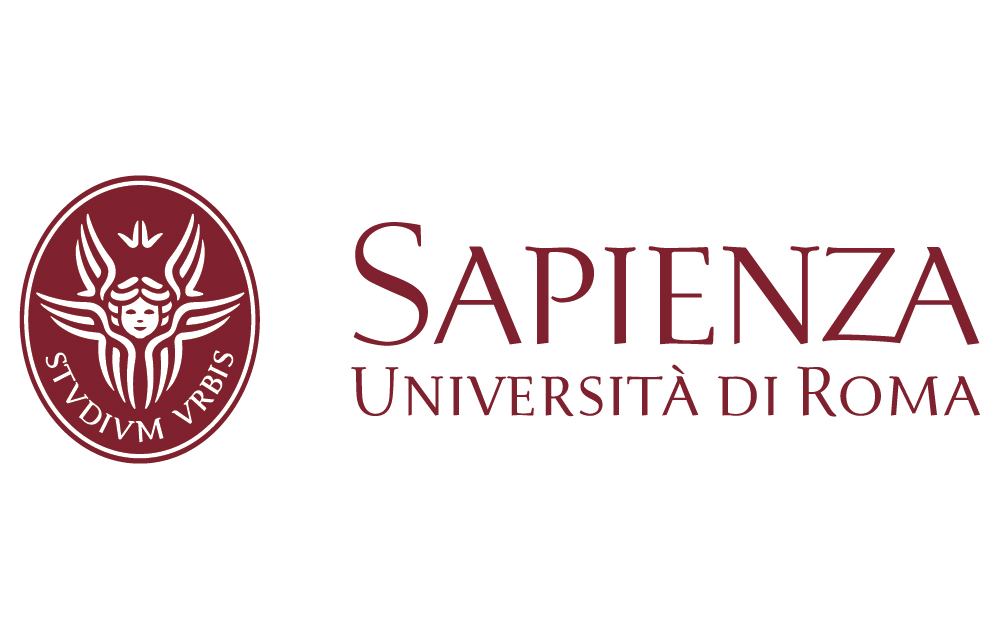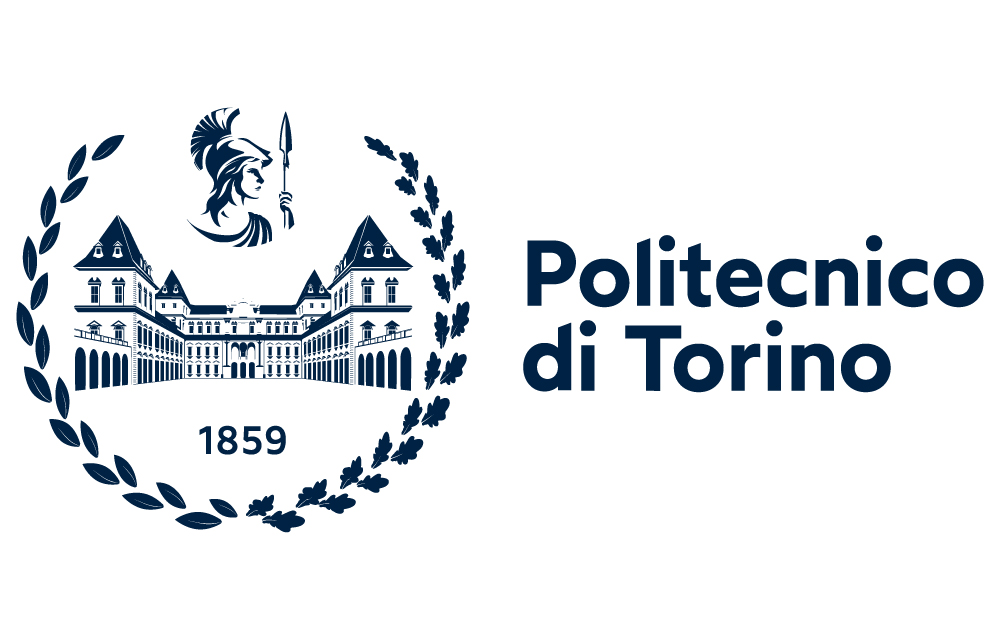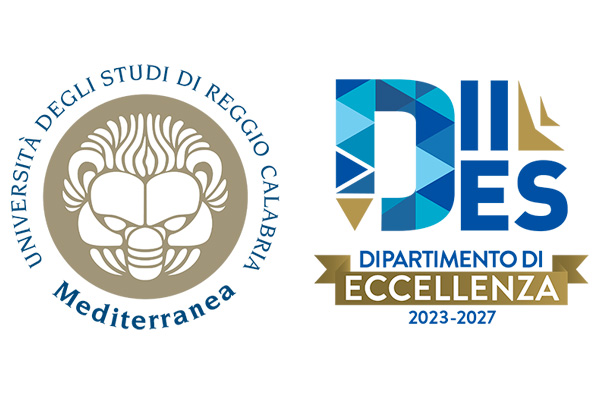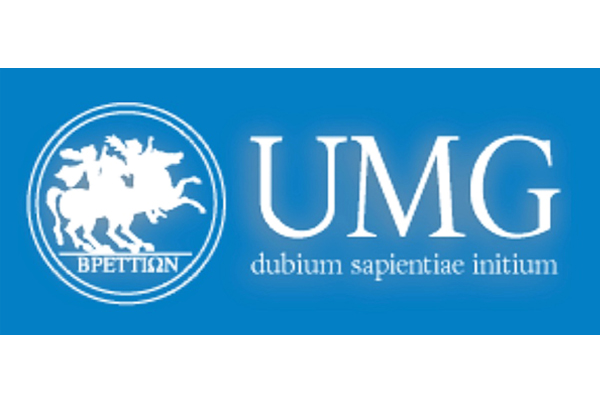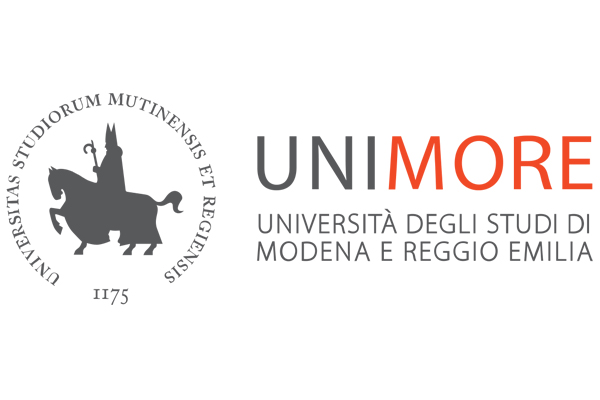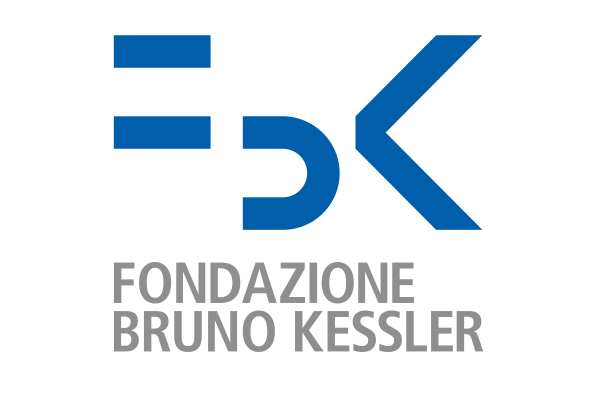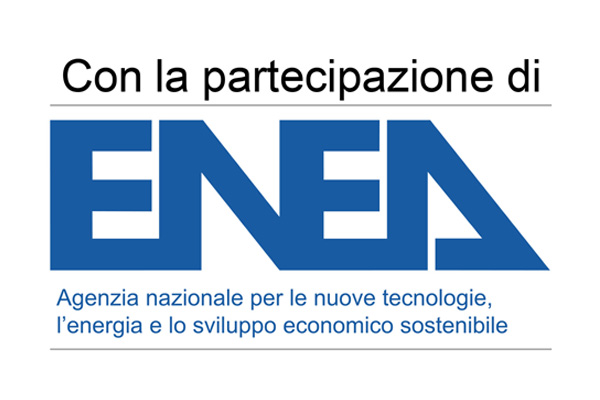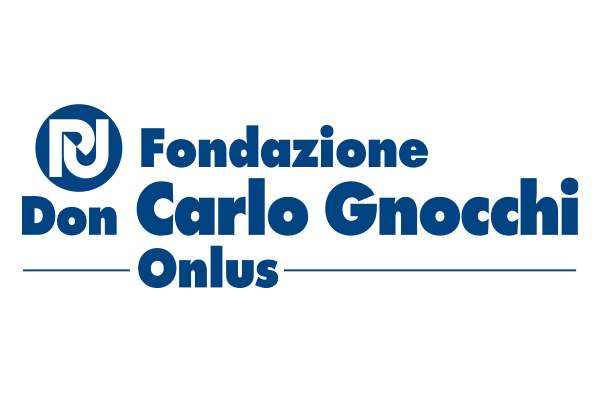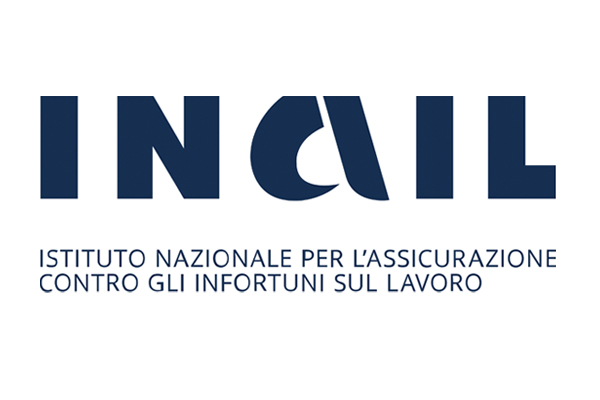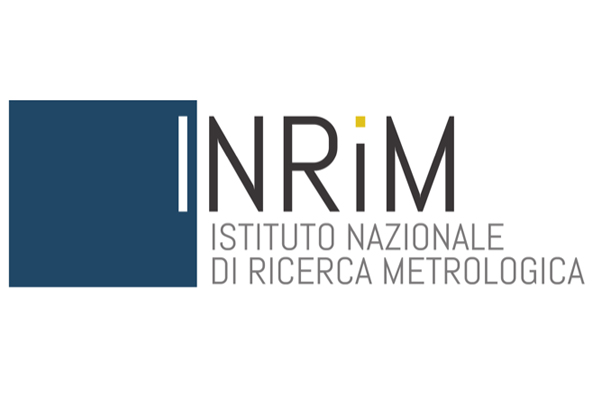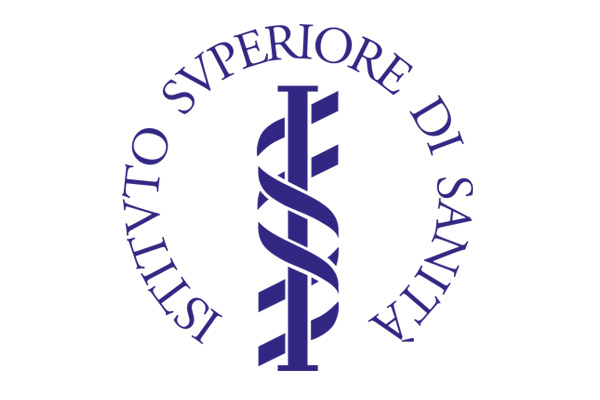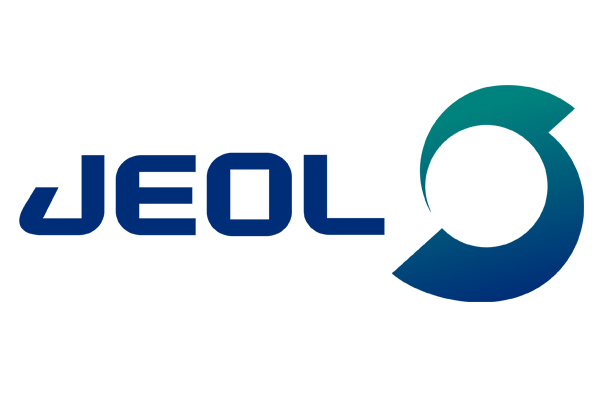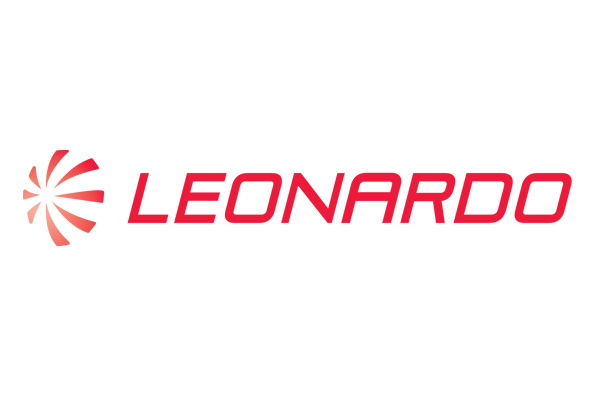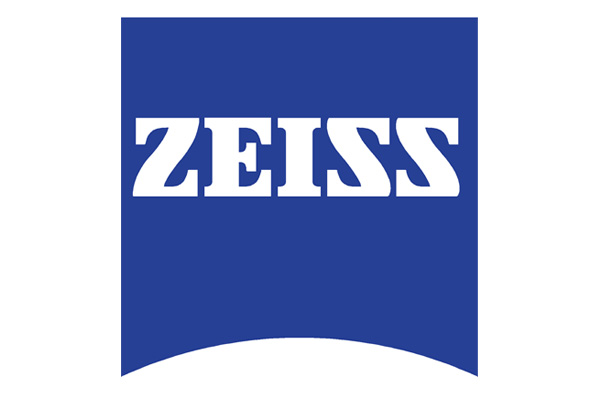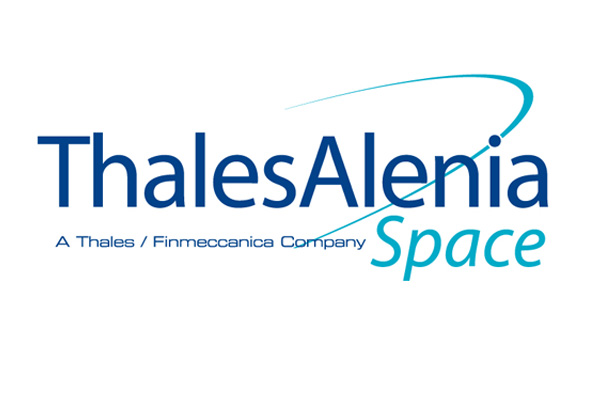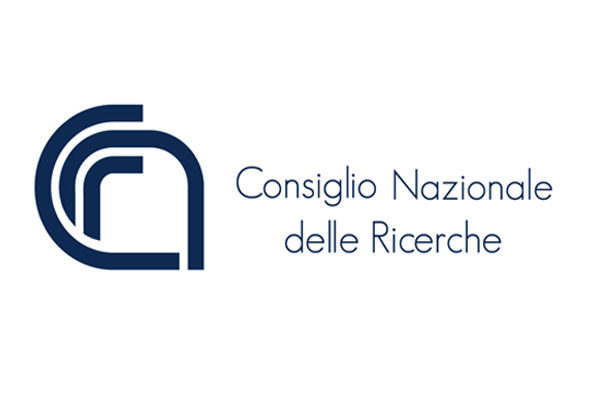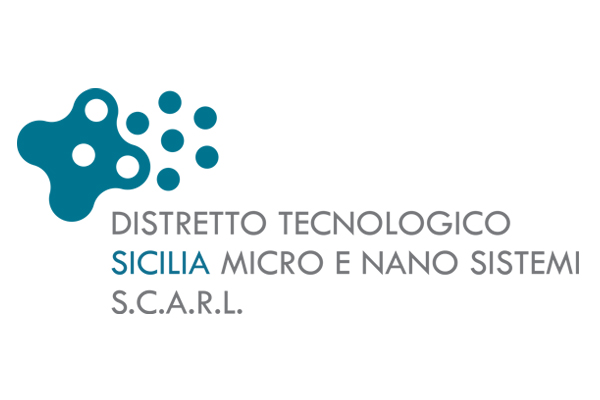updated on September 12, 2023
| September 20 | ||||||||
| 09:00 - 10:30 Computational methods in the presence of nanoscopic structures and phenomena WS.I.1 - TT.I.G |
||||||||
| Chair: Patrizia TROVALUSCI, University of Rome | ||||||||
| WS.I.1.1 TT.I.E.1 |
George STEFANOU University of Thessaloniki, Greece A stochastic multiscale framework for modeling graphene nanoplatelets |
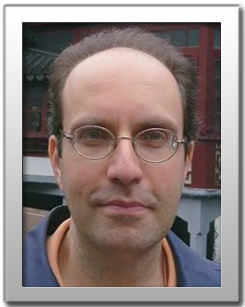 |
||||||
| WS.I.1.2 TT.I.E.2 |
Mahmood JABAREEN Technion - Israel of Technology, Israel Computational homogenization of nearly incompressible composites |
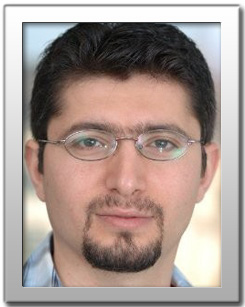 |
||||||
| WS.I.1.3 TT.I.E.3 |
Aram CORNAGGIA University of Bergamo Computational elastoplastic structural analysis of carbon nanotubes |
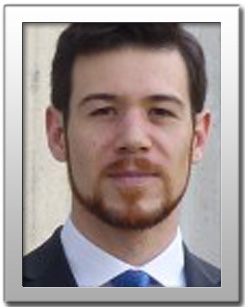 |
||||||
| WS.I.1.4 TT.I.E.4 |
Milan GAFF Mendel University in Brno, Czech Republic Enhancing Fire Resistance Properties of Thermally Modified Robinia Pseudoacacia Wood Using Natural and Synthetic Fire-Retardants, modified by nanoparticels: Chemical Characterization and Burning Behavior |
 |
||||||
| 10:50 - 11:30 Parallel Lecture |
||||||||
| Chair: Reuven SEGEV, Ben-Gurion University of the Negev, Israel | ||||||||
| PL.I.C | Raffaele BARRETTA University of Naples "Federico II" Challenges and achievements in nonlocal mechanics of nanostructures |
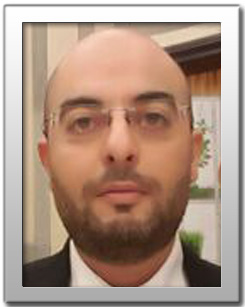 |
||||||
| 11:30 - 13:00 The use of nonclassical/non-local continuua for describing heterogeneous media from nano to macro scales WS.I.2 - TT.II.G |
||||||||
| Reuven SEGEV, Ben-Gurion University of the Negev, Israel | ||||||||
| WS.I.2.1 TT.II.G.1 |
Meral TUNA Sapienza University of Rome Size-Dependent Mechanical Behaviour of Carbon Nanotubes: Non-Classical Micropolar Continuum and Molecular Dynamics Simulations |
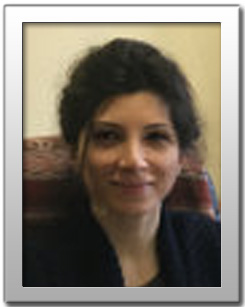 |
||||||
| WS.I.2.2 TT.II.G.2 |
Emanuele RECCIA University of Cagliari Cosserat-point approach for material with internal structure |
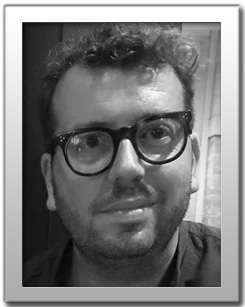 |
||||||
| WS.I.2.3 TT.II.G.3 |
Avraam KONSTANTINIDIS (on line) Aristotle University of Thessaloniki, Greece On combined gradient – stochastic models |
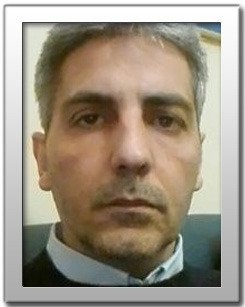 |
||||||
| WS.I.2.4 TT.II.G.4 |
Abdol Majid REZAEL Sapienza University of Rome Molecular dynamics simulation and multiscale micropolar modelling for 3D printed biodegradable polymers |
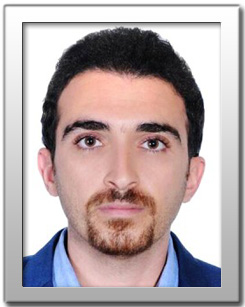 |
||||||
| WS.I.2.5 TT.II.G.5 |
Ugo GALVANETTO (online) University of Padova New trends in applied computational peridynamics |
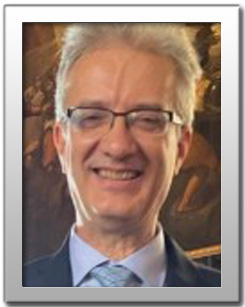 |
||||||
| 14:00 - 15:30 Discrete to continuum modelling of heterogenous materials and continuous media WS.I.3 - TT.III.G |
||||||||
| Chair: Mahmood JABAREEN, Technion - Israel of Technology, Haifa, Israel | ||||||||
| WS.I.3.1 TT.III.G.1 |
Reuven SEGEV Ben-Gurion University of the Negev, Israel Material Defects: From Discrete Modelling to Continuous Distributions to Singular Distributions |
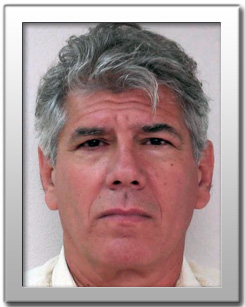 |
||||||
| WS.I.3.2 TT.III.G.2 |
Marco COLATOSTI Sapienza University of Rome On the mechanical behaviour of microstructured materials with different symmetry class modelled as discrete and continuous systems |
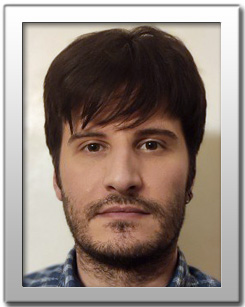 |
||||||
| WS.I.3.3 TT.III.G.3 |
Razie IZADI Sapienza University of Rome A Hierarchical Molecular Dynamics and Peridynamics Approach to study Fracture of Green Nano Fibrous Network |
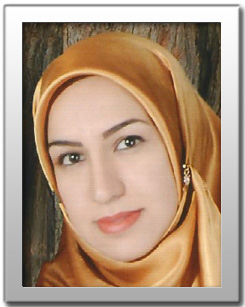 |
||||||
| WS.I.3.4 TT.III.G.4 |
Greta ONGARO Sapienza University of Rome Multiscale procedure for modelling mechanical properties of epoxy-based nanocomposites. Comparison between different computational approaches and experimental results |
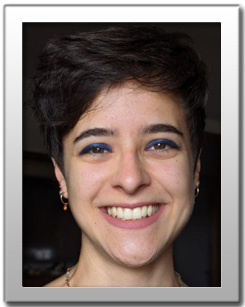 |
||||||
| 16:00 - 17:30 Multiphisics modelling for complex materials and structures WS.I.4 - TT.IV.G |
||||||||
| Chair: Raffaele BARRETTA, University of Naples Federico II | ||||||||
| WS.I.4.1 TT.IV.G.1 |
Martin OSTOJA-STARZEWSKI University of Illinois at Urbana-Champaign, USA Violations of the dissipation inequality in molecular fluids and granular media |
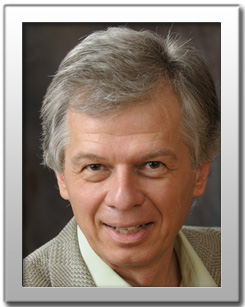 |
||||||
| WS.I.4.2 TT.IV.G.2 |
Alessio Ciro RAPISARDA University Federico II of Naple From swarm to material deformations |
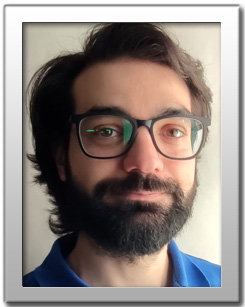 |
||||||
| WS.I.4.3 TT.IV.G.3 |
Iman MORADI Sapienza University of Rome The influence of tube layout on heat transfer and tortuosity, a Lattice Boltzmann Method simulation |
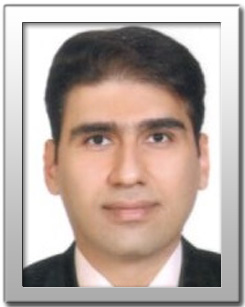 |
||||||
| WS.I.4.4 TT.IV.G.4 |
Tahereh IZADI Kermanshah University of Technology, IRAN The study of micro-particle concentration inside the subway station with a comparison of continuum and discrete description |
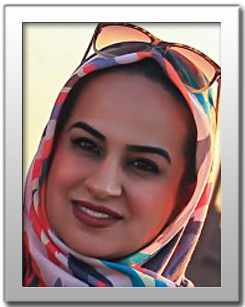 |
||||||
| Back to Overview | Go to Plan 20 September | ||

